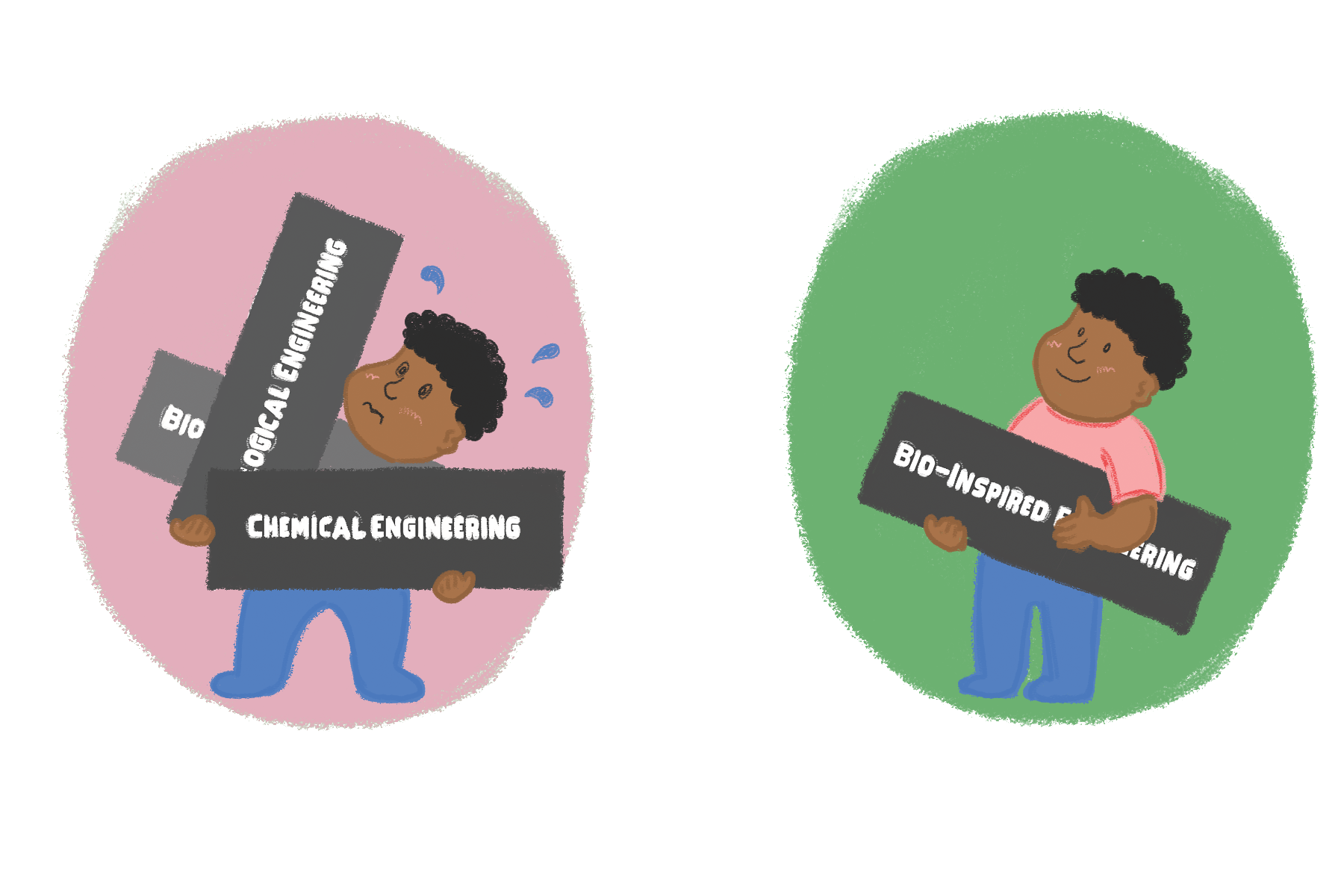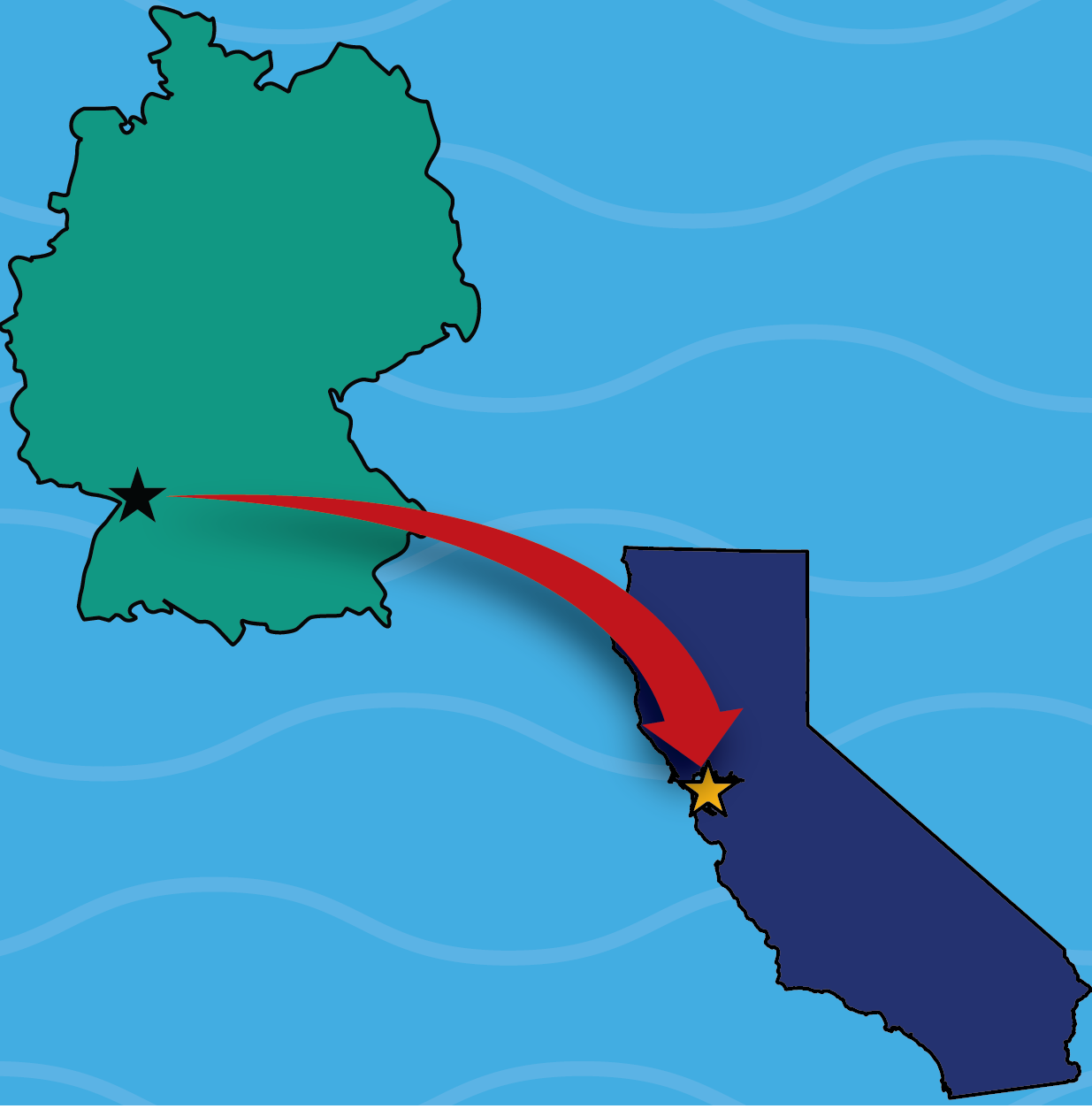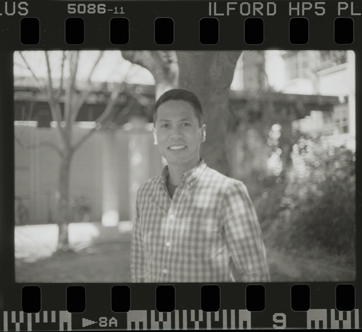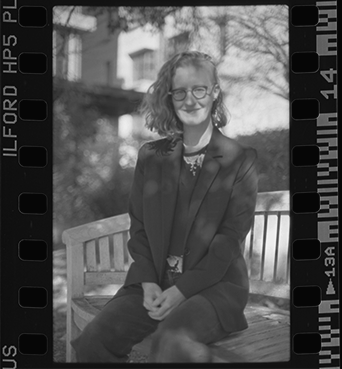Turning Isolation into Communication: Secrets to Building a Successful Webinar in the Face of a Pandemic

This post is co-authored by Kelsey DeFrates and Katerina Malollari.
When we decided to attend graduate school, we envisioned ourselves hunched over the laboratory bench, poised in front of sophisticated equipment, and knee deep in data. What we did not anticipate, however, was to be banished to our homes and forced to abandon our cell cultures, experiments, and reactions for over 100 days. While we now fantasize about times once filled with rigorous lab work, it is not the experimental protocols and hours spent in the fume hood that we miss. Rather, it is the lack of interactions with our peers and coworkers that has left the greatest void in our daily routines.
In science, workplace relationships offer more than just opportunities for lunches and coffee breaks. In conversations with our coworkers, we troubleshoot difficult experiments, forge collaborations, and ultimately develop new ideas. As young scientists, these interactions also have the capacity to shape our careers by expanding our professional networks and introducing us to influential mentors. Beyond our labs, conferences and meetings give us additional chances to forge these crucial connections, as well as the added benefit of sharing our research and building our professional brand. During this global pandemic, however, these interactions are limited to virtual happy hours, poster sessions, group meetings, department seminars, and lectures. While these experiences may keep us up to date on the latest science, they only go so far to break our isolation given our inability to freely interact with speakers and participants.
All scientists recognize the value in turning unanticipated results into an interesting story, mistakes into learning—lemons into lemonade. Forced to sit at home, with only scientific literature and textbooks to keep us immersed in our field, we, like many others, saw an opportunity to connect researchers from around the globe by organizing a webinar series, entitled “Conversations on Bioinspired Engineering.” We set out to unite graduate students and postdocs who shared an admiration for the natural world and a desire to replicate the complexity of biology on their own terms. We quickly discovered that organizing this series and differentiating it from others was more difficult than we anticipated. However, through this experience we were able to expand our professional network, contribute to the scientific community, hone our communication skills, and, most importantly, learn about awesome science! We highly encourage scientists to design their own series specific to their fields and offer these tips and tricks we learned along the way.
Build an international team. With the need for travel eliminated, engaging audiences and speakers from across the globe is considerably easier, and the key to building an inclusive webinar. However, a young scientist’s professional network is only just beginning to grow, and relationships outside your immediate geographical location may be few and far between. Therefore, it is important to rely on a diverse advisory committee to help advertise and recruit for your program. How did we do this? We turned to international students, visiting scholars, and foreign postdocs we met throughout our academic career. After leveraging these few international contacts, we then solicited help from our professors to provide us with introductions to their networks. Then we decided to do something daring—we cold-emailed graduate students we did not know, but whose work we admired. We provided them with a detailed description of our vision and why we thought they would be a great asset to our team, and guess what? They replied! Through these actions, we were able to establish a board consisting of 12 representatives from schools throughout the United States, Europe, Asia, and Australia.
Consider multiple time zones. With our international team assembled, we ran into an immediate problem – how would we accommodate speakers and audiences from such a diverse set of countries? Finding one reasonable time that worked for everyone was impossible. To prevent Asian students from presenting at 3:00 AM and keep European friends from sacrificing their personal hours, we decided to hold the seminar at two different times, 8:00AM and 3:00PM PST, each chosen to accommodate attendees from a specific hemisphere. To retain some element of consistency, we designed the webinar to alternate between these two times each week. While many speakers preferred the timeslot optimized for their geographical location, we were surprised to see significant diversity in attendees. To ensure that all students still had the opportunity to view presentations outside of their time zone, however, we also set up a YouTube channel to share recorded talks (with each speaker’s permission). Through our channel, students are also able to post questions and comments, giving them the opportunity to connect with speakers outside their geographical corner.
 When multiple time zones are considered, webinar series can connect international researchers with shared interests
When multiple time zones are considered, webinar series can connect international researchers with shared interests
Amplify graduate student and postdoc voices. To have a successful career in science, you need to be more than just an outstanding pipettor. Leaders in academia and industry must share their findings and ideas with their peers, as well as the public at large – something the current pandemic has taught us all too well. To hone these skills early in our career, we rely on conferences and professional meetings. Sadly, today these platforms barely resemble their pre-COVID forms and typically consist of broad, chaotic schedules full of prerecorded lectures. In this virtual world, attendees may also be more likely to limit their participation to talks by established speakers, making it harder for entry-level researchers to compete. Luckily, live webinar series focused on specific topics, have come to fill this career-stalling void. These programs not only give opportunities for young trainees to practice their science communication skills, but can also be listed as “invited talks” on their CVs. Recruiting graduate students and postdocs also ensures that talks are more digestible for younger audiences (see our next point below). When hosting these speakers, however, it is important to remember that one-hour talks can be daunting. Therefore, we recommend limiting presentations to 20 minutes and hosting two speakers per seminar. Besides, the more science the better! During our webinar, we work hard to cultivate professionalism by displaying consistent branding for our program, utilizing Zoom’s webinar feature, and meeting with speakers beforehand to practice their talks and relay expectations. However, we believe that having an organizing committee, audience, and lineup that is entirely made of young trainees fosters a more comfortable environment than that seen during large conferences or department seminars. During our sessions, we find that students are much more likely to ask questions and interact with the speaker after their talks. To create more personal connections, we also invite participants to ask their questions aloud, rather than writing them in the chat, allowing for open dialogues and fruitful discussions. After the pandemic, we dream of bringing our speakers and consistent audience members together to strengthen the community we hope to build.
 Limiting participants to undergraduate, graduate students and postdocs can make talks less intimidating and increase student engagement.
Limiting participants to undergraduate, graduate students and postdocs can make talks less intimidating and increase student engagement.
Engage smaller schools and undergraduate students. As future leaders in our respective fields, we have an obligation to break down the systemic barriers that prevent any student from participating in science. Seeking to emulate the movement towards open-access journals and safer, more inclusive workspaces, we actively reached out to smaller institutions and undergraduate-focused programs to partake in our webinar. While costly subscriptions to academic journals and extravagant international conferences can isolate the next generation of researchers, we wanted to supply all students with the opportunity to engage with a global network, explore emerging fields, and become inspired in future research endeavors – of course, free of charge. To advertise the webinar to smaller colleges as well as more prominent research-intensive institutions, we relied on our international advisory committee to spread the word throughout their community. We were surprised to see that most of the people we contacted were willing to help in any way possible. Another significant component we had to reflect on was the importance of effective science communication to an audience with multidisciplinary backgrounds and different levels of expertise. Scientific ideas can be complicated, and communication often becomes mired in discipline-specific jargon and complicated terminology. To ensure that the webinar attendees understand the content of the presentations, we asked the speakers to communicate their data in a simple, yet engaging manner. To help them achieve this, before each webinar event, we asked attendees to RSVP and give us some information about their discipline and education level and what they hoped to accomplish by attending this webinar series. We then shared this information with the speakers and asked them to consider the responses prior to their talks.
Promote diversity in speakers. Diversity in teams unlocks innovation and advancement, leading to greater, more creative science. Guided by this principle, we aimed to provide a rich and diverse spectrum of speakers to inspire our attendees. To achieve this, we looked outside our immediate network and turned towards our advisory board. We wanted to look beyond academic bios and publication records, and find speakers with unique perspectives, non-traditional career paths, and broad interests. By carefully curating an advisory board with a wide variety of expertise, views, and experiences, it was only natural that they were then able to connect us to researchers that transcended academic, geographical, and cultural boundaries. This strategy resulted in a webinar series that was representative of the broader research community and ensured that attendees were able to find relatable role models in the demographics of our speakers. As the webinar organizers, we recognized our power to push the systemic barriers that hold some back from being recognized as experts and pioneers in their field and tried to give them a platform to showcase their work. However, as our webinar went on, we found that it was difficult to schedule researchers with shared interests, but different geographical or cultural backgrounds. We realized that we needed a much larger pool of possible speakers to choose from. Therefore, after our webinar was up and running for a few weeks, we opened a call for abstracts. This was again advertised through our advisory committee and social media and having established some notoriety for our webinar already, we were able to connect with new speakers. Scheduling early and having alternative speakers available allowed our webinar to continue to run smoothly and champion the diversity we hoped to achieve.
Balance generality and expertise when choosing a topic. Choosing a topic that balances niche interests and mass appeal is a difficult feat that we experienced firsthand. With a multitude of other webinars already in existence, we thought it was important to find an original angle to make our webinar versatile and engaging. Overall, we wanted a program fueled by good science that could attract both seasoned researchers and newcomers to the field. Guided by our own genuine interests, we settled on “Bioinspired Engineering” for our series, an interdisciplinary topic that allowed us to recruit participants from all disciplines of engineering. When scheduling talks, we placed a great emphasis on emerging trends in this field, but worked to supply our audience with a healthy dose of fundamental science as well. While we advise identifying speakers and topics well in advance, we know from science that the most interesting phenomena tend to occur when we are out of equilibrium. Therefore, we wish to keep our webinar dynamic by soliciting feedback from attendees on topics and organizations and evolving as needed.
 Choose a webinar topic that interests you and will attract a broad audience without being too general.
Choose a webinar topic that interests you and will attract a broad audience without being too general.
After hearing about our journey, we hope that our experience inspires you to create a webinar in your field as well. While these tips and tricks proved helpful for us, additional obstacles may arise depending on your subject matter and vision. While our hours in lab may now be restricted and our social calendars empty, we know that many graduate students lead busy lives. Organizing an international webinar series on top of our personal and professional obligations can be challenging. However, we found that amplifying the voices of our peers and helping to communicate science to broad audiences was an incredibly rewarding experience. As the future leaders of science and engineering, it is our responsibility to not only conduct research, but to share it with the world.
The “Conversations on Bioinspired Engineering” webinar series occurs every other Tuesday via Zoom. To attend upcoming talks and stay up to date with our speaker schedule, please RSVP here and follow us on Twitter @CBEWebinar.
Linked above: https://forms.gle/JyrbGnsJgLhHZEdP8
-------
Kelsey DeFrates is a graduate student in bioengineering
Katerina Malollari is a graduate student in mechanical engineering





